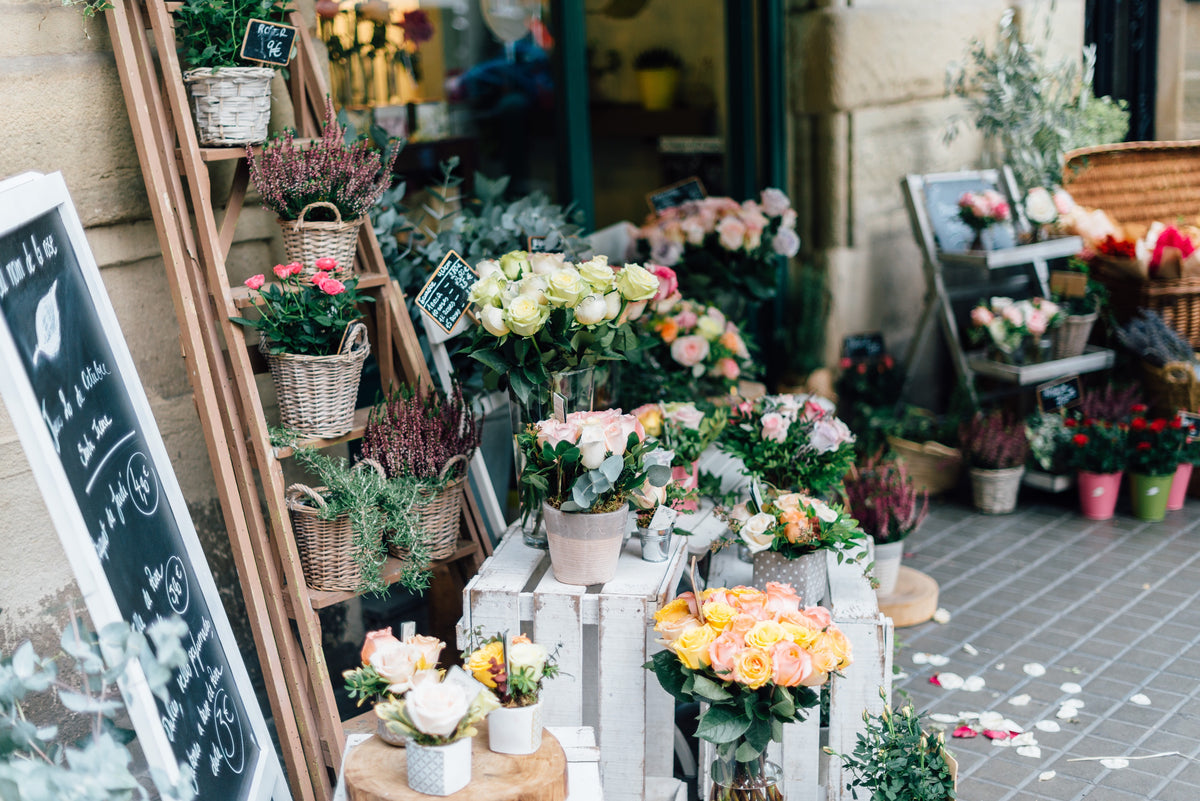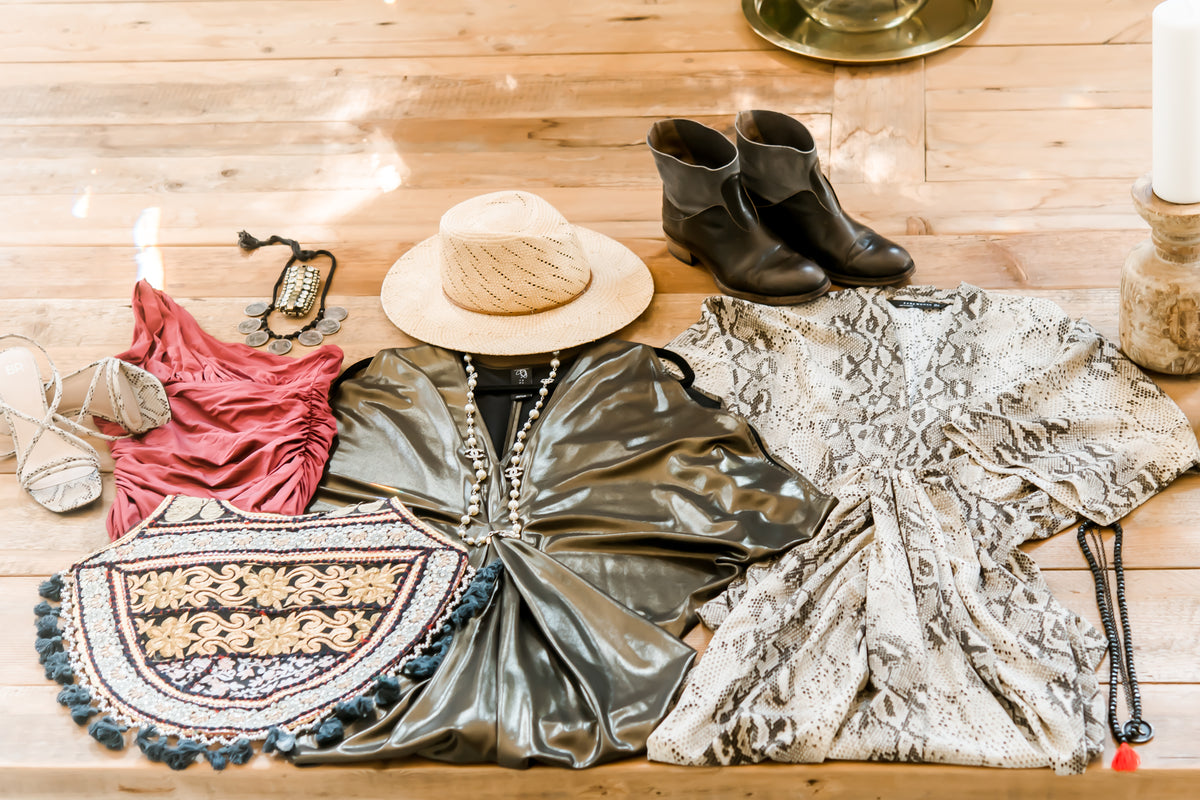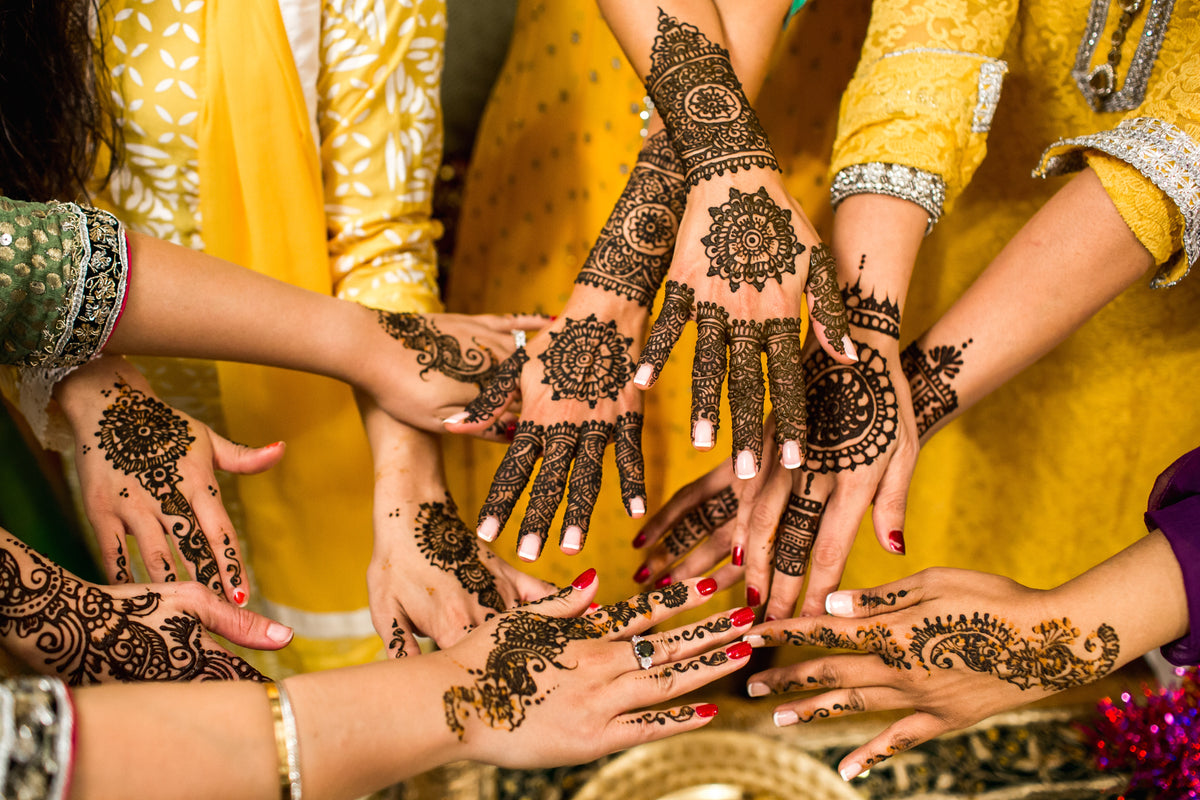
Vision Boards & Law of Attraction
(It’s goal setting at it’s finest!!)
I’ve been creating inspiration boards for as long as I can remember. I create them both electronically and physic
For those who don't already know, an inspiration board (sometimes referred to as a mood board or an idea board) is a collage of images meant to kick-start your imagination. Many clothes designers, costume designers, movie producers, etc., use them in a variety of ways.
– Getting inspired when starting a new project
– Reviewing visual ideas with a team or client to agree on a project‘s direction
– Getting sign-off from a client or team so there are no unhappy surprises when the final design is presented
“The simple act of seeing things with your mind's eye, and feeling the emotions of those visuals, desires and aspirations, produces a remarkable effect in the human brain."
Law of Attraction: experts call it the act of visualization
Visualization is one of the most powerful techniques you can apply into your life to manifest your desires and reach your goals.
This year, I’ll be sharing my tips on “how-to” and encourage encourage encourage you to do the same. Your mind’s eye needs to see it!
While there’s no wrong way to vision/mood board, I have learned some tricks and tips that have helped me get the most out of them over the years. And today I’m sharing those techniques, along with some tips for analyzing and understanding what your mood board is saying to you. It’s goal-setting at its finest!
Here’s how to get started by Grace Bonney:
- Get yourself a large piece of foam core. I prefer foam core to something thinner, but any flat piece of cardboard or presentation board (even cork board) will work.
- Gather a large selection of printed matter that you’re okay with recycling when you’re done. I like to collect old catalogs, magazines, newspapers and use them as source material. But you can also pull from anything else lying around. I even cut the side off of a cardboard salt box one time because I liked the pattern. The sky is the limit when it comes to source materials — even fabrics would be fun to pin or glue on.
- Pick up a pair of scissors, a few glue sticks and thumbtacks. The thumbtacks are for organizing your images together in the initial step and the glue is for finalizing the images in place.
The process:
- The basic concept is to cut any imagery/text from printed matter that appeals to you (any strong emotional reaction will do!) and to collage them in a way that feels pleasing to your eye/mind/heart. I like to plunk down on the floor and pull things out one by one and gather them in a big stack until I’ve gone through all my printed matter (you can always print things off the Internet or your Pinterest boards, too!).
- Once I’ve torn everything out, I like to go through the pile again and cut things neatly with scissors to focus on the words/pattern/colors I’m most drawn to.
- Next, I like to start with the image I’m most drawn to and place it in the center of the board. Then I start forming relationships between images and laying them next to each other. Don’t glue at this stage yet, unless you feel strongly about the image and its placement. I like to use push pins here to keep things in place. (Tip: Don’t do any of this in front of a fan like I did this year — you’ll lose it all in one quick woosh).
- Continue placing items/images until you’ve added all of the images you want. It’s okay to leave some out or to add/embellish images and text any way you like! Sometimes I like to add something written or draw in the space between images on the board.
- Once you like your placement, I like to take a picture to document this phase and make note of where everything is. Then I start gluing them down until they’re all in place.
- Then step back, admire your work and start seeing if you can find some of the bigger themes or messages. They may be about family, kids, work, finding your voice, changing your personal style, etc. Make notes without judgment. Then hand your board to someone you love and trust and see what they might see that you miss.
Tips:
- My biggest tip has to do with the “picking/selecting” phase in the beginning. Don’t go in with any preconceived notions. Oftentimes, when I go in with the idea that I want this board to answer some big life questions for me, it will end up being all about work. Or if I focus too much on work, I end up picking images that I think will speak to what I want to see. The key is to grab images that you respond to strongly, without overthinking or judging it. Those strong feelings will make themselves clear when you start arranging. But if you pick things you think you should pick (ie: as a woman in business I always feel like I should pick words like “power” and “strength,” even if I’m not drawn toward them), you’ll end up with a board that is more about what you think other people think your board should say, versus what you really want it to say.
- Document the phases with photos. Sometimes the way I arrange things in the pushpin/placement phase is different than how it comes together when I start gluing them down. I learn a lot about myself in that moment and it’s valuable to get a picture of each stage to see what’s changed and, maybe, why.
- Always run your board by someone else you trust. I find that people I know and love sometimes see things and connections I don’t.
- Be aware of mini-themes within your board. My boards always end up having a central theme in the middle and then smaller mini-themes in different areas of the board that have to do with health, family, etc. Those mini-themes are important to assess, too.
- Have fun with it! There’s no grading happening, so don’t worry if yours is neat, pretty, messy or anything. Just trust your gut and you’ll end up with something that really speaks to you.
Footnote:
Quote by: *Natalie Ledwell, author of the bestselling book, "Never in Your Wildest Dreams"
Leave a comment
Comments will be approved before showing up.
Also in Blog

How to make the most of your non-refundable vendor deposits

Fashion vs Style

